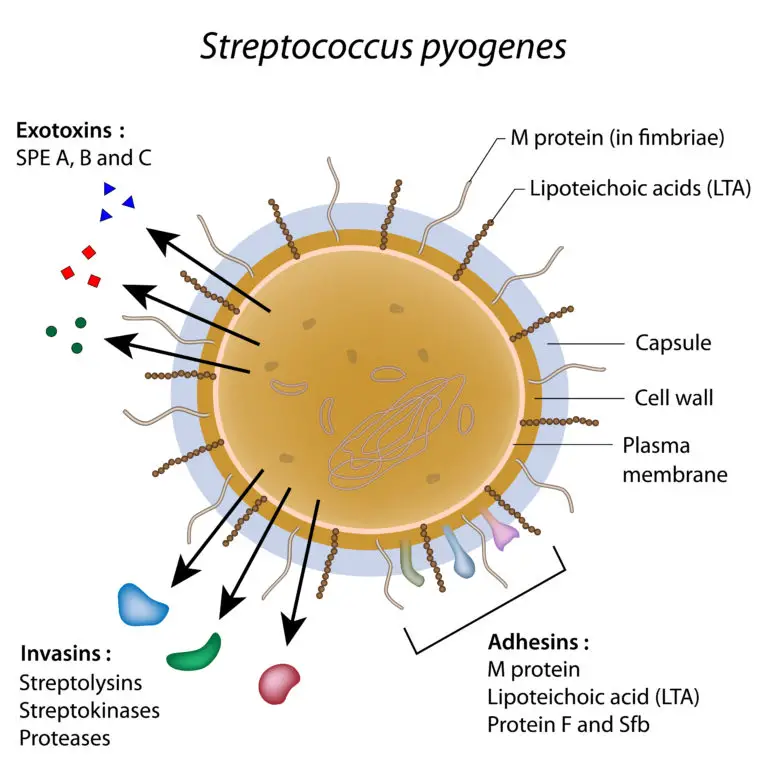In many cases, streptococcal toxic shock syndrome can initially present with flu-like symptoms, adding to the challenge of early diagnosis. Patients may experience fever, chills, muscle aches, and fatigue, which are common symptoms associated with various viral infections, including the flu. This resemblance to more common illnesses often leads individuals to underestimate the severity of their condition and delay seeking medical attention.
In the Heart of Tennessee, a Brave 14-Year-Old Loses Hands and Feet to Deadly Infection
A seemingly ordinary summer took a harrowing turn for Mathias Uribe, a vibrant 14-year-old boy from Tennessee. What began as what his parents thought was a routine case of the flu turned into a life-altering nightmare. Mathias’s heartbreaking story sheds light on a rare and deadly bacterial infection that ultimately led to the amputation of his hands and feet.

Mathias Uribe’s ordeal began with flu-like symptoms, causing concern for his parents. Loving caregivers, they promptly sought medical attention for their son, taking him to the doctor twice in the early summer. However, as June came to an end, Mathias’s condition took a dire turn and began deteriorating daily.
A Terrifying Diagnosis: Streptococcal Toxic Shock Syndrome (STSS)
The situation escalated dramatically when Mathias’s heart stopped beating, leading to his admission to the emergency room on June 30th. It was there that his family would receive a grim diagnosis: Mathias was suffering from pneumonia and Streptococcal toxic shock syndrome (STSS).

STSS is an extremely rare condition defined by the U.S. Centers for Disease Control and Prevention (CDC) as “an infection with Streptococcus pyogenes accompanied by a sudden onset of shock, organ failure, and frequently death“. Although STSS is exceptionally uncommon, recent reports have indicated increased cases, particularly among children with influenza infections.
Dr. Katie Boyle, a pediatrician who played a vital role in Mathias’s care, explained that while influenza weakens the body and can cause injury to the airway and lungs, it also creates a vulnerability that allows bacterial infections like STSS to take hold.
A Fight for Survival: Mathias’s Journey
Mathias Uribe’s life hung in the balance as he was airlifted to the pediatric ICU at Monroe Carell Jr. Children’s Hospital at Vanderbilt. The doctors immediately placed him on life support treatment, marking the beginning of a long and grueling battle for his young life.
Days turned into weeks, and the agonizing decision to amputate Mathias’s hands and feet became inevitable. Due to inadequate blood flow, his organs could be saved, but his extremities couldn’t. This unimaginable choice forever altered his life and posed countless challenges for the courageous 14-year-old.
Throughout this heart-wrenching journey, Mathias Uribe has demonstrated remarkable resilience. Despite losing his hands and feet, Mathias continues to hold onto his dreams and aspirations. He is a cross-country runner, a piano player, and exemplifies the indomitable spirit found in those who refuse to surrender in the face of adversity.
CDC Raises Alarm About Uncommon Bacterial Infection Leading to Limb Amputation
Following the harrowing case of Mathias Uribe, the Centers for Disease Control and Prevention (CDC) has issued a warning regarding this rare and swiftly progressing bacterial infection.
Streptococcal toxic shock syndrome is an exceptionally rare and life-threatening condition caused by certain strains of streptococcus bacteria. This bacterium can invade the bloodstream and release harmful toxins, leading to a rapid deterioration in the patient’s health. Mathias Uribe’s case serves as a stark reminder of the potential severity of this infection.

This rare bacterial infection can manifest with a range of symptoms, including:
- High fever
- A rapid drop in blood pressure
- Confusion
- Organ dysfunction
Early detection and prompt treatment with antibiotics are paramount in improving the chances of a full recovery and preventing severe complications.
As the medical community rallies to combat this alarming infection, it underscores the critical need for ongoing research, surveillance, and public awareness efforts. The CDC’s warning serves as a poignant reminder that even the rarest and most obscure health threats can have devastating consequences, emphasizing the importance of a proactive and informed approach to healthcare.
Effective Treatment Strategies for Streptococcal Toxic Shock Syndrome (STSS)
Treatment for Streptococcal toxic shock syndrome (STSS) requires immediate and aggressive medical intervention. Given the rapid progression and severity of this condition, timely action is of utmost importance. Here’s an elaboration on how STSS is typically treated:
- Hospitalization: Anyone suspected of having STSS should be admitted to the hospital immediately. Hospitalization allows for close monitoring and access to specialized medical care, including intensive care units (ICUs) if necessary. Patients with STSS often require intensive medical support due to the rapid deterioration of their condition.
- Intravenous Antibiotics: High-dose intravenous antibiotics are the cornerstone of STSS treatment. Broad-spectrum antibiotics, such as penicillin or clindamycin, are administered to target the responsible streptococcus bacteria and prevent further toxin production. Prompt administration of antibiotics is essential to halt the infection’s progression.
- Supportive Care: STSS can cause severe organ dysfunction and shock. Patients may need vasopressor medications to maintain blood pressure and organ function. Intravenous fluids are provided to maintain hydration and correct electrolyte imbalances. In some cases, mechanical ventilation may be required to support breathing.
- Surgery: In cases where the infection has caused significant tissue damage or necrosis, surgical intervention may be necessary. This may involve draining abscesses, removing infected tissue, or, as in Mathias Uribe’s case, amputating limbs to prevent the spread of the infection and save the patient’s life.
- Monitoring and Management of Complications: Patients with STSS may experience multiple organ failure and complications such as kidney failure, respiratory distress, and heart problems. Continuous monitoring and specialized care are crucial to address these complications promptly.
- Immunoglobulin Therapy: In some cases, intravenous immunoglobulin (IVIG) therapy may be considered as an adjunct to antibiotics. IVIG contains antibodies that can help neutralize toxins produced by the streptococcus bacteria and modulate the immune response.
- Rehabilitation: For survivors of STSS who have undergone amputations or other surgical procedures, a comprehensive rehabilitation program is essential. Physical therapy, occupational therapy, and psychological support are often needed to help patients regain their independence and adjust to life after the infection.
It is important to emphasize that STSS is a medical emergency, and early recognition and treatment are critical to improving outcomes. Anyone experiencing symptoms such as high fever, severe pain, confusion, or any signs of organ dysfunction should seek immediate medical attention. Strengthening public awareness and healthcare provider education regarding STSS is vital to ensure rapid diagnosis and intervention, ultimately saving lives and minimizing the long-term impact of this rare but devastating condition.
Sources:
- “14-year-old boy loses hands, feet after ‘flu-like symptoms’“. KTLA. Laura Morrison. September 14, 2023.
- “What started as flu symptoms leads to Tennessee teen having hands, legs amputated“. USA Today. Christopher Cann. September 14, 2023.
- “14-year-old boy has hands, legs amputated after flu-like symptoms turn deadly“. NY Post. Patrick Reilly. September 13, 2023.

This Site Was Inspired By An Interest in Protecting the Environment:
We had the privilege and joy of learning from Dr. Charlie Stine who instilled a love for the natural world through incredible field trips with the Johns Hopkins Odyssey Certificate program in Environmental Studies. At the time, the program was endorsed by the Maryland Department of Natural Resources. Sadly, after Dr. Stine retired, the program was phased out. We hope that we honor his legacy by shining a bright light on environmental issues and sharing good news about the success of various conservation programs when possible.

